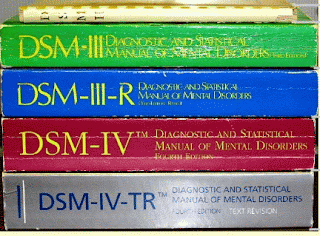
Disability Scoop (April 23, 2012)-Dozens of disability advocates — including actor Noah Wyle — were arrested Monday on the grounds of the U.S. Capitol while protesting possible changes to Medicaid.
The activists — many in wheelchairs — were participating in a demonstration organized by the disability rights group ADAPT. Members of the organization positioned themselves in the rotunda of the Cannon House Office Building and refused to leave prompting the arrests, according to ADAPT representatives.
Officials with the U.S. Capitol Police said they arrested 76 individuals at the protest who were charged with unlawful conduct and demonstrating in the Capitol.
Members of ADAPT say they are speaking out amid a “dire national Medicaid crisis.” Specifically, the group opposes a Republican plan to cut federal Medicaid funding and favors an elimination of the so-called “institutional bias” whereby states provide nursing care to individuals with disabilities in institutional settings, but often are not required to offer similar assistance in the community.
“Cutting or changing Medicaid without thoughtful reform has very real life or death consequences for people with disabilities and people who are aging who live on fixed incomes that are significantly below the poverty level,” said Marsha Katz who traveled from Montana to participate in the ADAPT actions. “Washington should be putting our tax dollars into cost-saving community based services, not costly nursing homes and institutions.”
Wyle, who is best known for appearing on NBC’s “ER” and is a vocal advocate for universal health care, joined the protesters and was among those detained.
To read more, please click on the above title.
To access the CDR Library catalog, please click on this link.





















